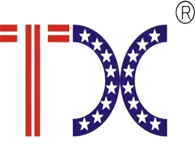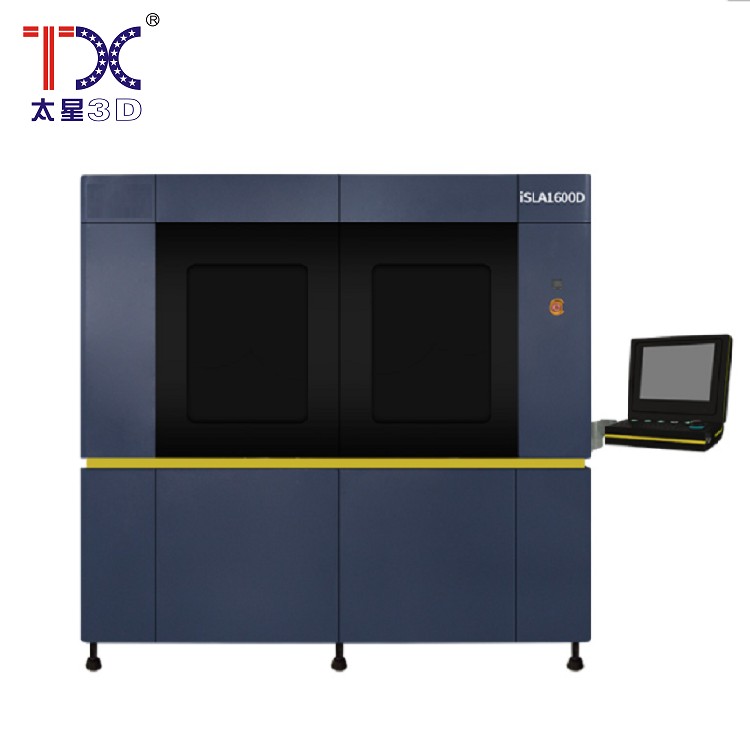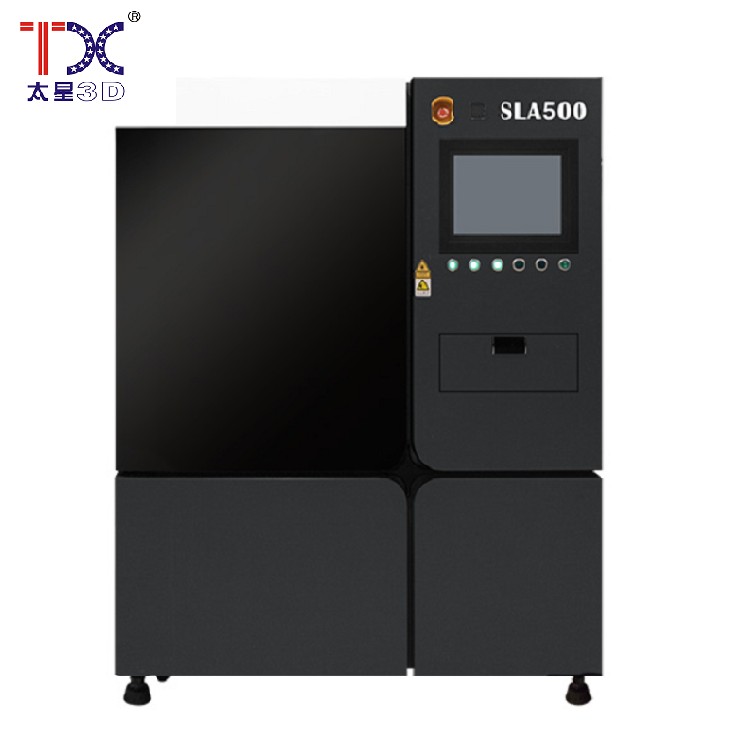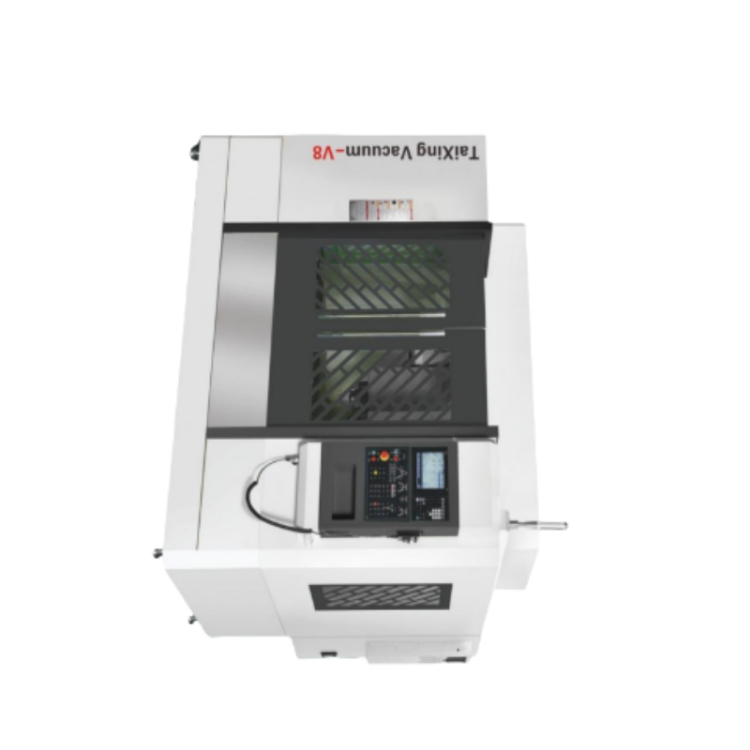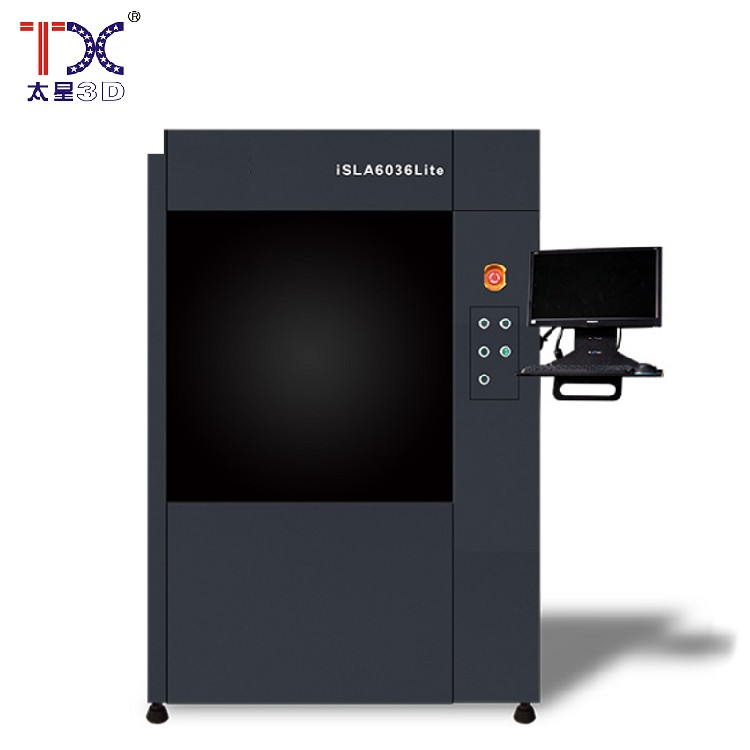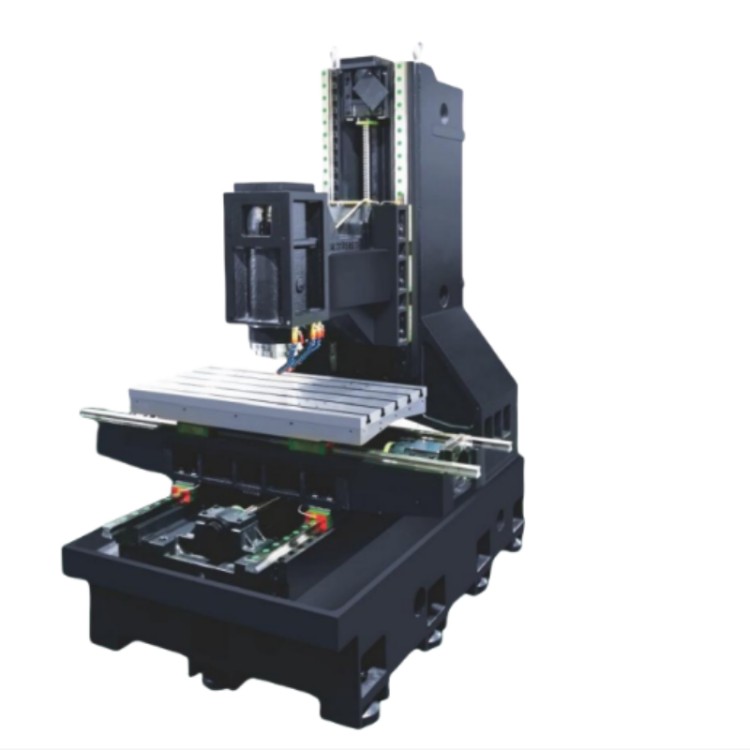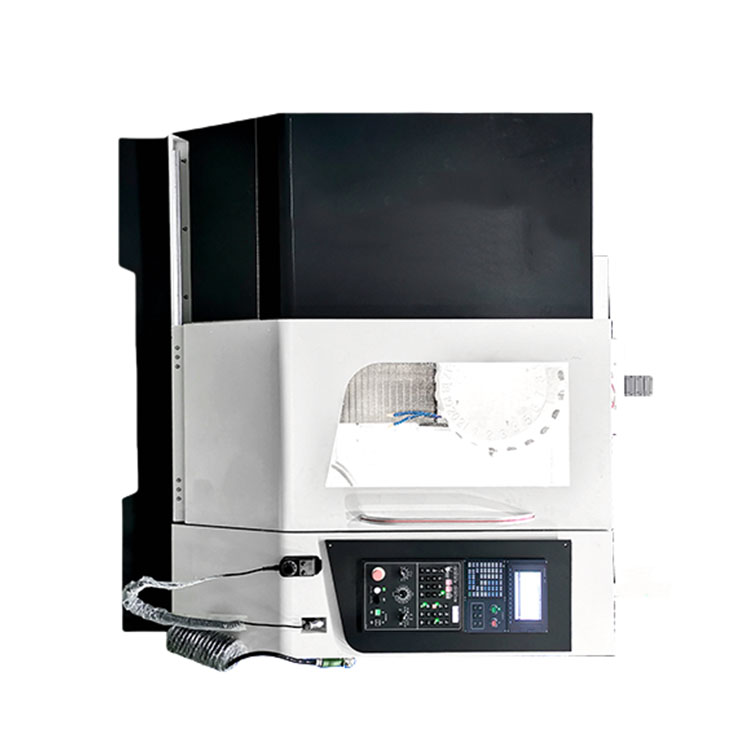
Types of 3D printing technologies
Types of 3D printing technologies
3D printing is the process of creating three-dimensional objects from a digital project. It sounds difficult, but in fact it is an amazingly diverse area. Different ways? Creation? Objects lead to the emergence of various types of 3D printing, each with its own advantages and disadvantages. Understanding these types will help you choose the most suitable method for your task.
1. Laser stereolithography (SLA)
This method is perhaps one of the most popular. He uses a laser for polymerization of liquid resin, a layer by a layer creating an object. Imagine how a thin ray of light draws your item in the resin. SLA allows you to get very smooth, detailed models with high accuracy, which makes it an excellent choice for artistic works and prototyping. However, working with resin requires certain caution, since it can have a specific smell. In addition, waste (frozen resin) requires special disposal.
2. Selective laser sintering (SLS)
SLS uses a laser beam for sintering powder, for example, of plastic or metals. Imagine that a laser beam? Weld? Powder particles with each other. This method is wonderful for creating complex shapes and strong details. You get a finished object from pre -prepared material. However, the cost of SLS equipment is usually higher than that of other methods. The process can also create a certain amount of powder waste.
3. Last -layer salary (FDM)
FDM is the most common method for quick printing of plastic parts. How does it work? Warm plastic is squeezed out with a thin layer, a layer by a layer, forming an object. This method is relatively available and easy to use, therefore it is widely used to create prototypes and simple models. But the quality of the parts and seal accuracy may not be as high as SLA or SLS.
In conclusion, each type of 3D printing has its own unique features, and the choice depends on the required quality, complexity of the part, the budget and available materials. Studying these technologies, we can better understand their potential and put it into practice.
AppropriateProducts
Corresponding products
The best soldproducts
The best -selling products-
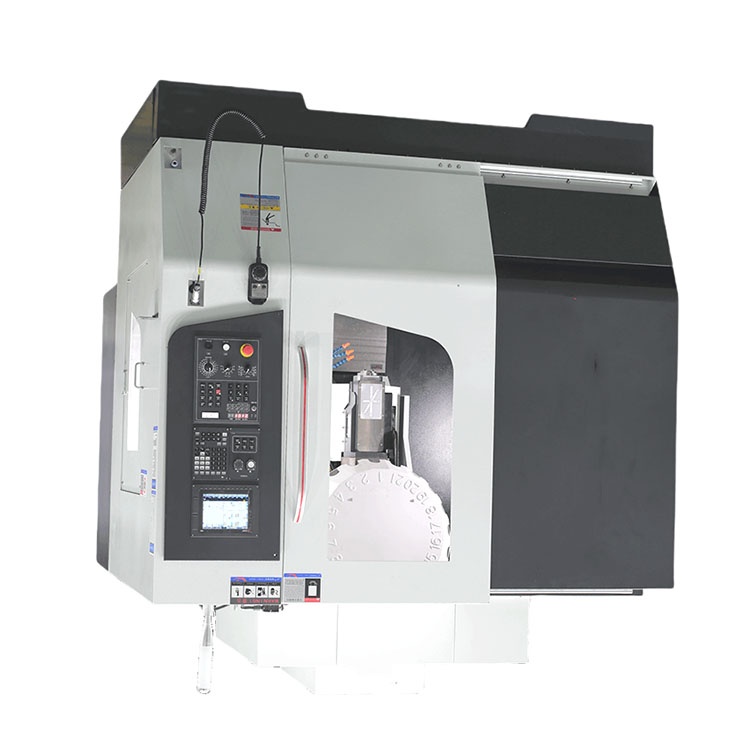 Taisin drilling and threaded-cutting machine with CNC TXT-700
Taisin drilling and threaded-cutting machine with CNC TXT-700 -
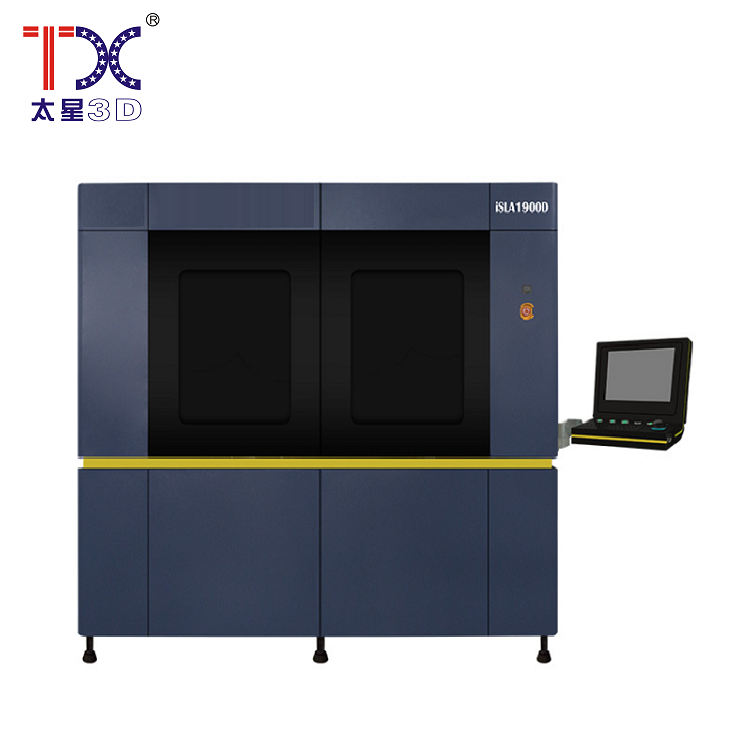 Taisin Light-adoptive 3D printer SLA1900D
Taisin Light-adoptive 3D printer SLA1900D -
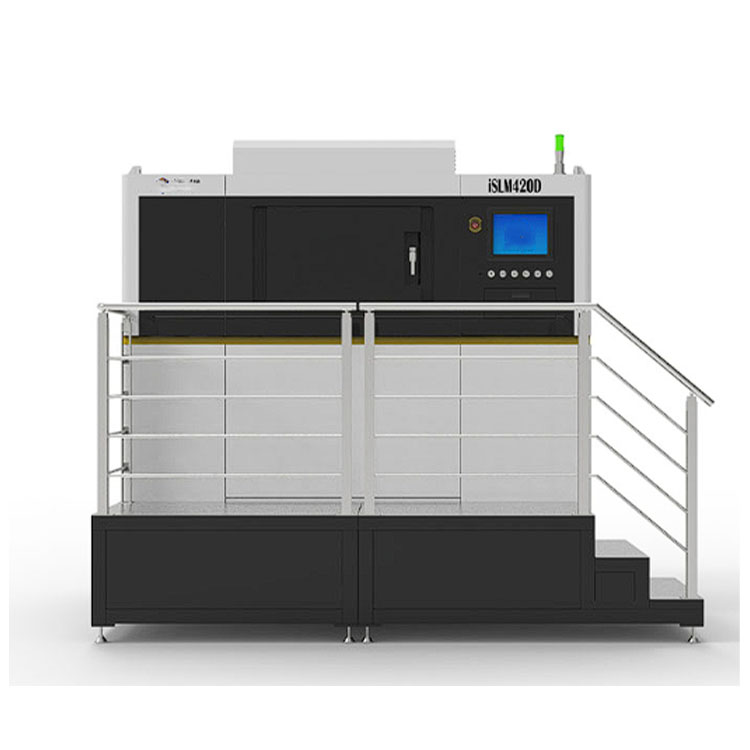 Taisin Metal 3D printer ISLM350DN
Taisin Metal 3D printer ISLM350DN -
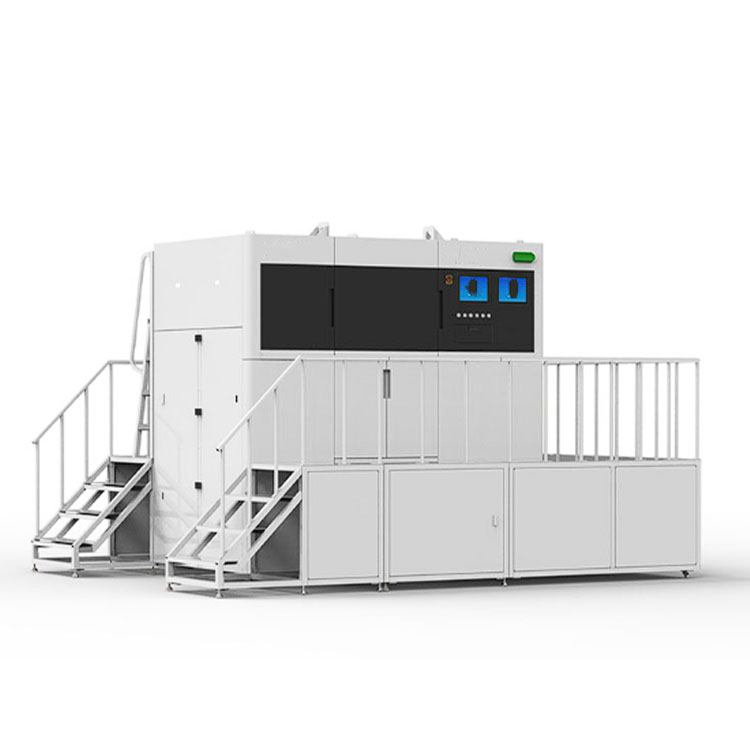 Taisin Metal 3D printer ISLM420DN
Taisin Metal 3D printer ISLM420DN -
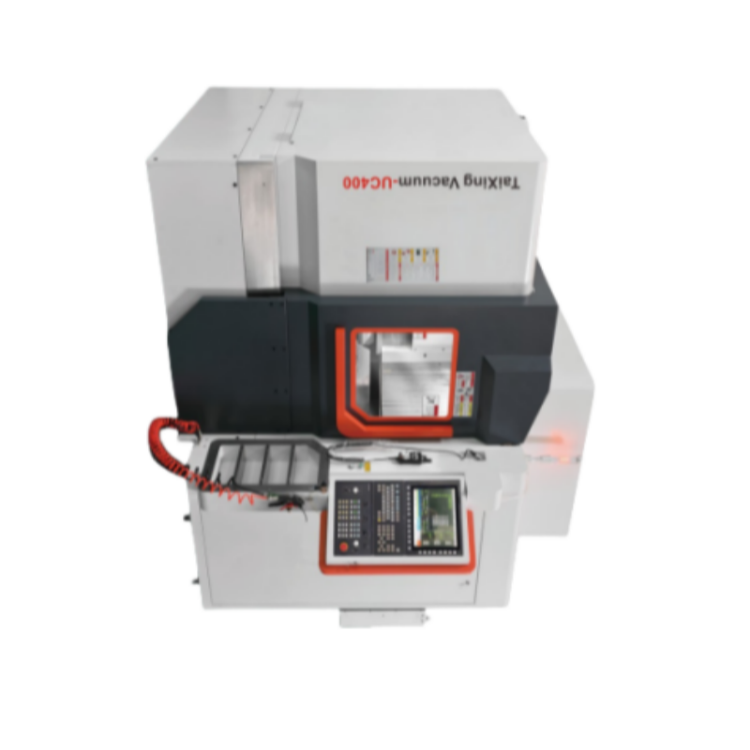 Taisin high-speed five-axis processing center TX-UC400
Taisin high-speed five-axis processing center TX-UC400 -
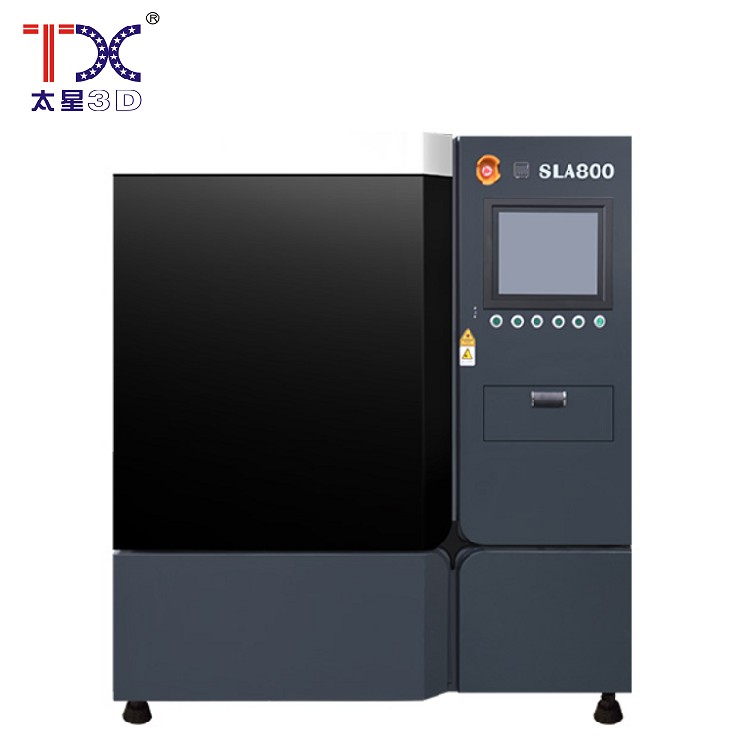 Taisin Light-adoptive 3D printer SLA800
Taisin Light-adoptive 3D printer SLA800 -
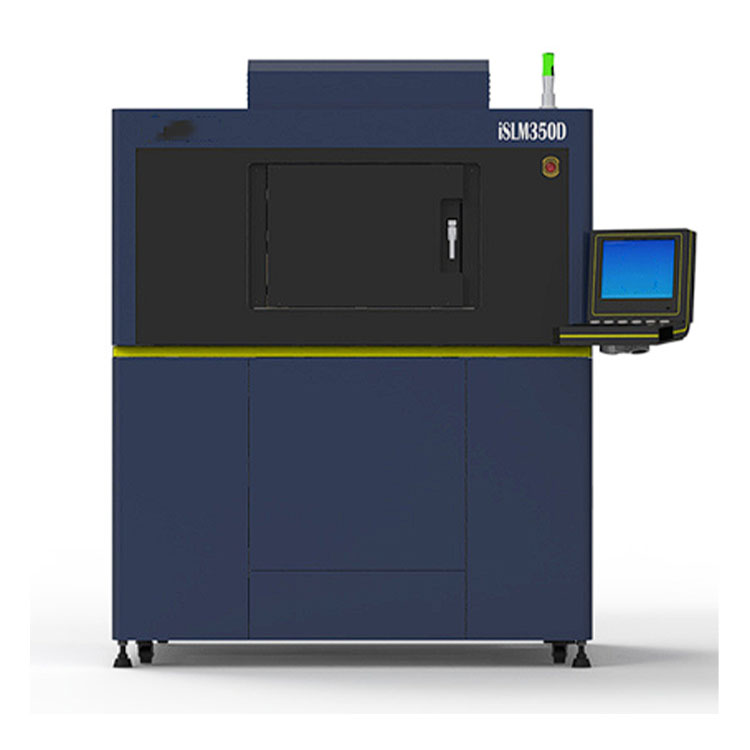 Taisin Metal 3D printer ISLM350D
Taisin Metal 3D printer ISLM350D -
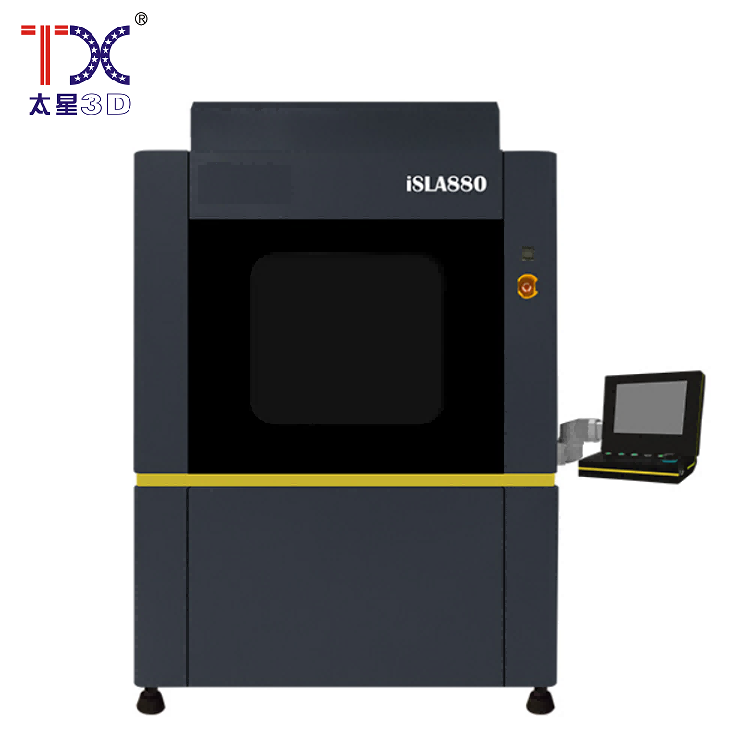 Taisin Light-adoptive 3D printer SLA880
Taisin Light-adoptive 3D printer SLA880 -
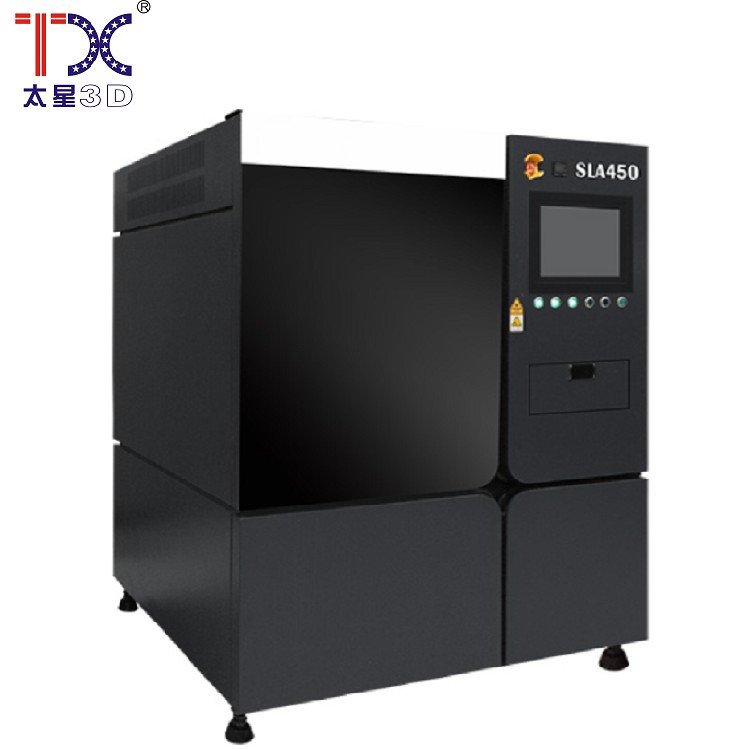 Taisin Light-adoptive 3D printer SLA450
Taisin Light-adoptive 3D printer SLA450 -
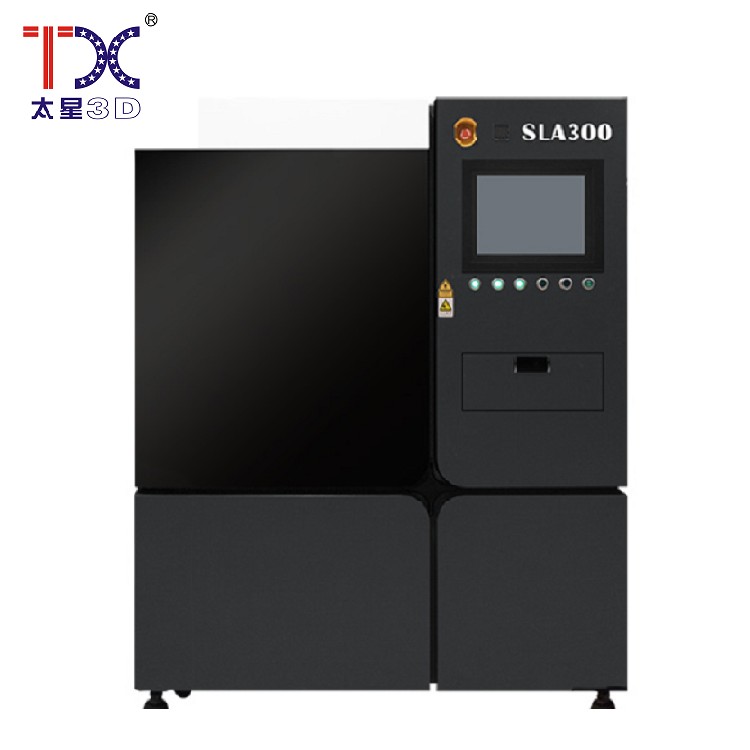 Taisin Light-adoptive 3D printer SLA300
Taisin Light-adoptive 3D printer SLA300 -
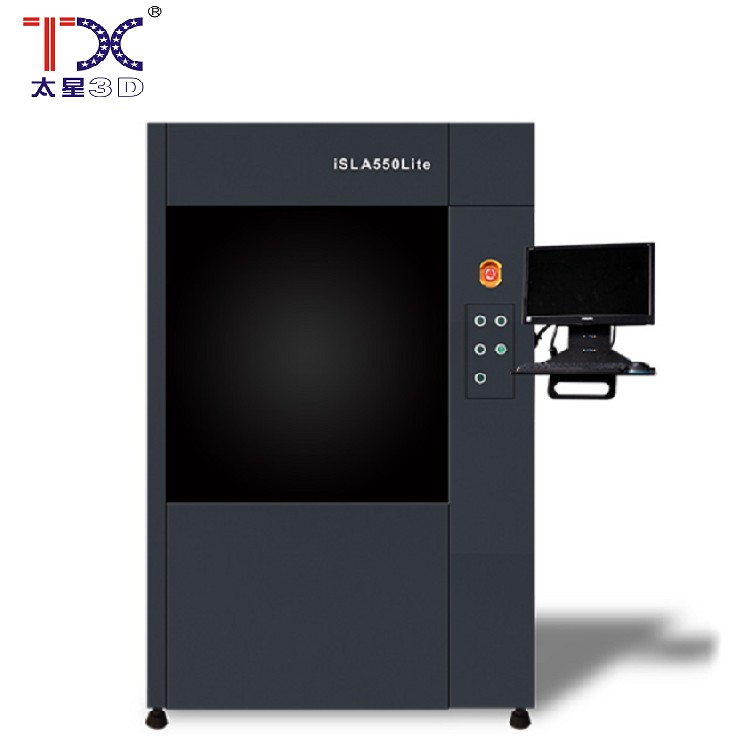 Taisin Light-adoptive 3D printer SLA550Lite
Taisin Light-adoptive 3D printer SLA550Lite -
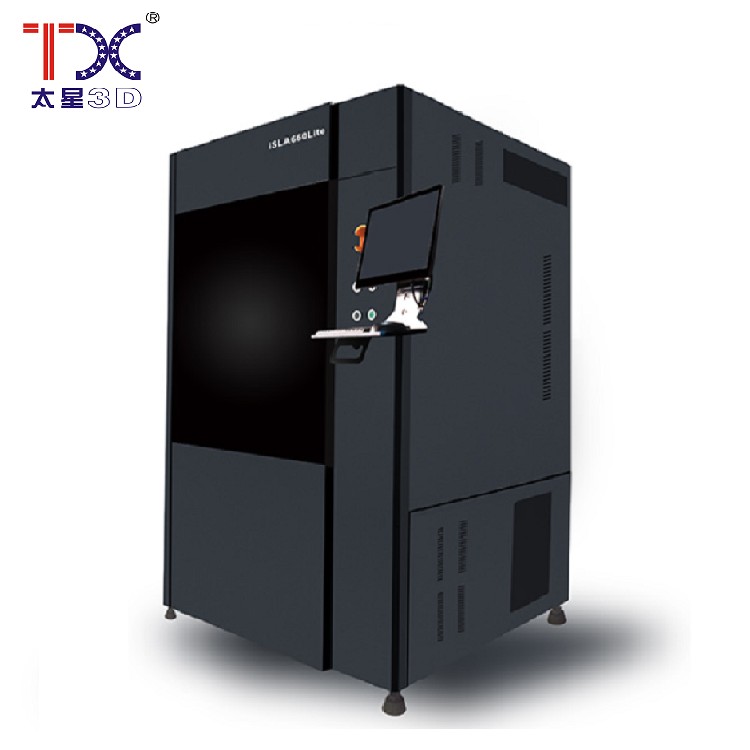 Taisin Light-adopted 3D printer SLA660Lite
Taisin Light-adopted 3D printer SLA660Lite
Connectedsearch
Related search- Cheap software suppliers for designing 3D printing
- Kula factories in China
- Cheap shafts of CNC machines suppliers
- China high -quality Pyato -axial CNC plants factories
- Cheap manufacturers of CNC machines
- Chinese suppliers of models for 3D printing
- Cheap manufacturers of four -coordinate processing centers with CNC
- Chinese suppliers of thermoplastic polyurethane materials
- Cheap Zbrush suppliers
- Cheap 5-axis CNC CNC Room Resolution
